Frost Protection - UTL Repository
Frost Protection - UTL Repository
Frost Protection - UTL Repository
Create successful ePaper yourself
Turn your PDF publications into a flip-book with our unique Google optimized e-Paper software.
]<br />
F R O S T P R O T E C T I O N : F U N D A M E N T A L S , P R A C T I C E A N D E C O N O M I C S<br />
[<br />
stage (Tables 4.6–4.8). Photographs showing the common phenological stages of<br />
many of these crops can be found on the Internet, including sites such as<br />
fruit.prosser.wsu.edu/frsttables.htm or www.msue.msu.edu/vanburen/crittemp.htm.<br />
Although the T c values provide some information on when to start and stop<br />
active frost protection methods, they should be used with caution. Generally, T c<br />
values represent bud, flower or small-fruit temperature where a known level of<br />
damage was observed. However, it is difficult to measure sensitive plant tissues,<br />
and these temperatures are likely to differ from air temperature, which is what<br />
growers typically measure. Except for large fruits (e.g. oranges), bud, flower and<br />
small-fruit temperature tends to be colder than air temperature, so active<br />
protection methods should be started and stopped at higher air temperatures<br />
than indicated in the tables in Chapter 4. For large fruits, like citrus, the evening<br />
air temperature will often drop faster than the fruit temperature, so heaters or<br />
wind machines can be started when the air temperature is at or slightly below the<br />
T c temperature. The T c values in Chapter 4 provide guidelines for timing active<br />
protection methods, but the values should be used with caution because of other<br />
factors such as the difference between plant and air temperature; degree of<br />
hardening; and the concentration of ice-nucleation active (INA) bacteria.<br />
PASSIVE PROTECTION<br />
Passive protection includes methods that are implemented before a frost night to<br />
help avoid the need for active protection. The main passive methods are:<br />
site selection;<br />
managing cold air drainage;<br />
plant selection;<br />
canopy trees;<br />
plant nutritional management;<br />
proper pruning;<br />
plant covers;<br />
avoiding soil cultivation;<br />
irrigation;<br />
removing cover crops;<br />
soil covers;<br />
trunk painting and wraps<br />
bacteria control; and<br />
planting date for annual crops.<br />
Passive methods are usually less costly than active methods and often the<br />
benefits are sufficient to eliminate the need for active protection.<br />
18


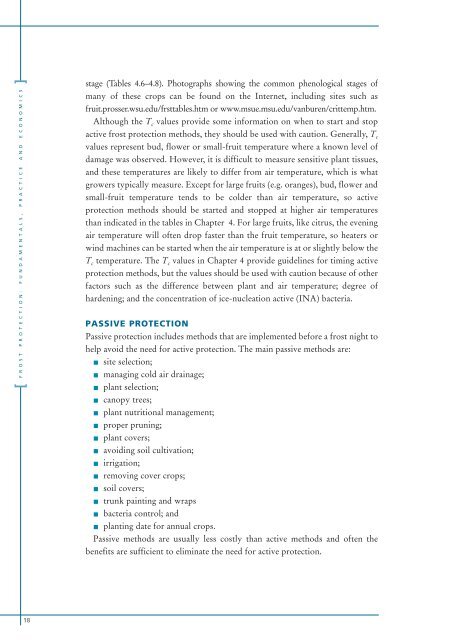
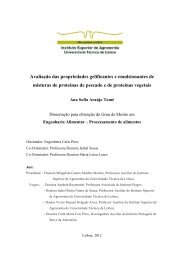
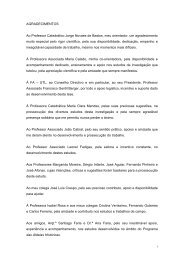
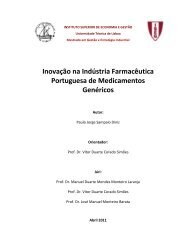
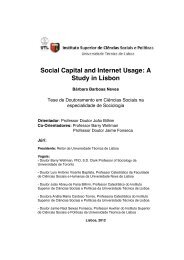
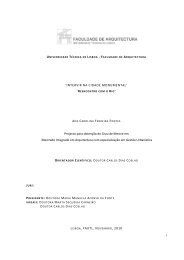
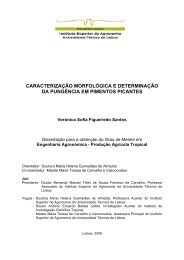

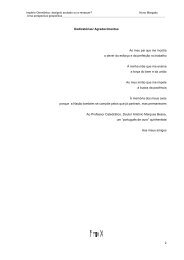
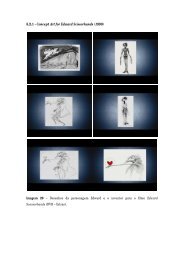
![Tese - Es..[1].pdf - UTL Repository - Universidade Técnica de Lisboa](https://img.yumpu.com/25707135/1/184x260/tese-es1pdf-utl-repository-universidade-taccnica-de-lisboa.jpg?quality=85)


